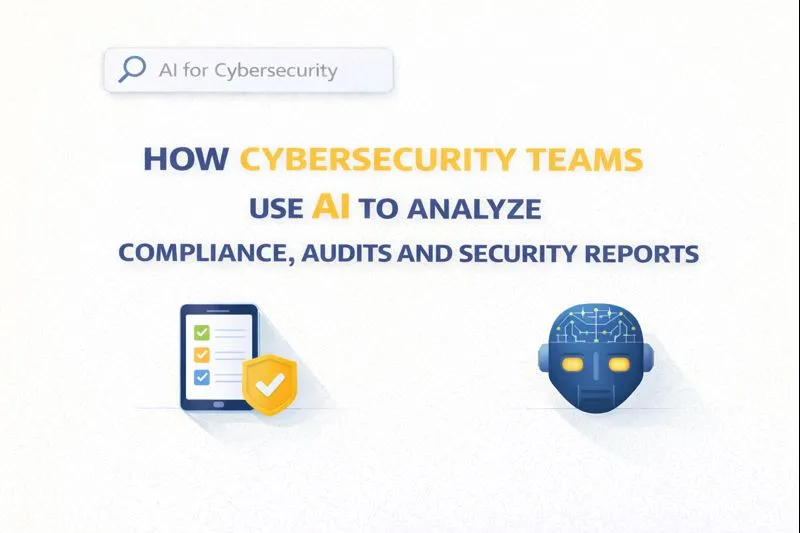Secure Online Transactions and Business Models in E-commerce and Marketplaces

In the rapidly evolving digital landscape, e-commerce and online marketplaces have become integral components of the global economy. As businesses and consumers increasingly rely on online platforms for transactions, ensuring the security of these transactions has become paramount. The rise of cyber threats and fraudulent activities has necessitated the implementation of robust security measures to protect sensitive information and maintain consumer trust. This article delves into the intricacies of secure online transactions and explores the various business models that have emerged in the e-commerce sector. By understanding the importance of security protocols and the role of Know Your Customer (KYC) and Know Your Business (KYB) processes, businesses can enhance their operational efficiency and safeguard their digital ecosystems.
Understanding KYC and KYB: Definitions and Use Cases
The meaning of KYC and KYB is crucial in the context of secure online transactions. KYC, or Know Your Customer, is a process used by businesses to verify the identity of their clients. This process is essential for preventing identity theft, financial fraud, money laundering, and terrorist financing. By ensuring that customers are who they claim to be, businesses can protect themselves and their clients from potential risks.
KYB, or Know Your Business, extends the principles of KYC to business entities. It involves verifying the legitimacy and credibility of businesses that engage in transactions on a platform. This process is particularly important for online marketplaces that facilitate transactions between multiple parties. By implementing KYB procedures, platforms can ensure that they are not inadvertently supporting fraudulent or illegal activities.
Both KYC and KYB processes involve collecting and analyzing various forms of identification and documentation. For individuals, this might include government-issued IDs, proof of address, and other personal information. For businesses, it could involve verifying business licenses, financial statements, and ownership structures. These processes not only enhance security but also help businesses comply with regulatory requirements.
Business Models in E-commerce and Marketplaces
The e-commerce sector has witnessed the emergence of diverse business models, each with its unique approach to facilitating online transactions. One of the most prevalent models is the Business-to-Consumer (B2C) model, where businesses sell products or services directly to consumers. This model relies heavily on secure payment gateways and user-friendly interfaces to ensure a seamless shopping experience.
Another significant model is the Business-to-Business (B2B) model, which involves transactions between businesses. This model often requires more complex security measures due to the larger transaction volumes and the need for integration with existing business systems. B2B platforms must prioritize data protection and secure communication channels to maintain trust among business partners.
The Consumer-to-Consumer (C2C) model, popularized by platforms like eBay and Craigslist, allows individuals to buy and sell goods directly to each other. This model presents unique security challenges, as platforms must implement measures to verify the identities of both buyers and sellers and mediate disputes effectively.
Finally, the Consumer-to-Business (C2B) model, where individuals offer products or services to businesses, is gaining traction. This model requires platforms to facilitate secure transactions and protect the intellectual property of individual sellers.
Chargeback Management and Dispute Resolution
Design clear flows for disputes: timestamp every step, auto-notify counterparties, and collect evidence (order logs, delivery proof, message history) in a single case file. Align reason codes with your payment provider and set SLAs so cases don’t linger. Proactive fraud rules and KYB/KYC checks reduce friendly fraud and keep win rates healthy over time.
Escrow, Split Payments, and Marketplace Compliance
For multi-party transactions, use escrow to hold funds until conditions are met, then trigger split payouts to sellers, service providers, and fees—each with proper ledgers. Pair this with robust KYC/KYB, ongoing monitoring, and audit trails to satisfy regulatory obligations while preserving a seamless checkout and settlement experience.
Strong Customer Authentication and Tokenization
Comply with PSD2/SCA by layering step-up authentication only when risk warrants it, keeping low-friction flows for trusted devices and small tickets. Pair SCA with card tokenization and vaulted wallets to reduce PAN exposure, speed repeat checkouts, and maintain PCI scope discipline. Educate users on why challenges occur to cut abandonment while preserving protection.
Reconciliation and Financial Operations
Automate payout runs with clear ledgering: order → capture → fees → split → seller balance. Daily reconciliation should match processor reports, bank settlements, and your internal ledger with exception queues for mismatches. Exportable audit trails and role-based access keep finance, compliance, and support aligned during investigations and reporting cycles.
Cross-Border Expansion and Local Payment Methods
Entering new markets means supporting local rails (e.g., bank transfers, wallets), currencies, and tax rules—without fragmenting your stack. Combine dynamic checkout (auto-detect locale, currency, language) with compliant KYC/KYB and real-time risk checks to keep approvals high and fraud low. Clear settlement schedules and transparent fees build seller trust as you scale internationally. A scalable cross-border payment platform becomes essential here, ensuring smooth multi-currency settlement and compliance across diverse regulatory environments.
Enhancing Security in Online Transactions
To ensure the security of online transactions, businesses must adopt a multi-layered approach that combines technology, processes, and policies. One of the fundamental components of this approach is the use of encryption technologies to protect data during transmission. Secure Sockets Layer (SSL) and Transport Layer Security (TLS) protocols are widely used to encrypt data and ensure secure communication between users and platforms.
Additionally, implementing two-factor authentication (2FA) adds an extra layer of security by requiring users to provide two forms of identification before accessing their accounts. This can significantly reduce the risk of unauthorized access and account takeovers.
Regular security audits and vulnerability assessments are also essential for identifying and addressing potential weaknesses in a platform's security infrastructure. By proactively monitoring and updating security measures, businesses can stay ahead of emerging threats and protect their users' data.
Furthermore, educating users about best practices for online security, such as recognizing phishing attempts and using strong, unique passwords, can empower them to protect their own information. By fostering a culture of security awareness, businesses can enhance the overall security of their platforms.




